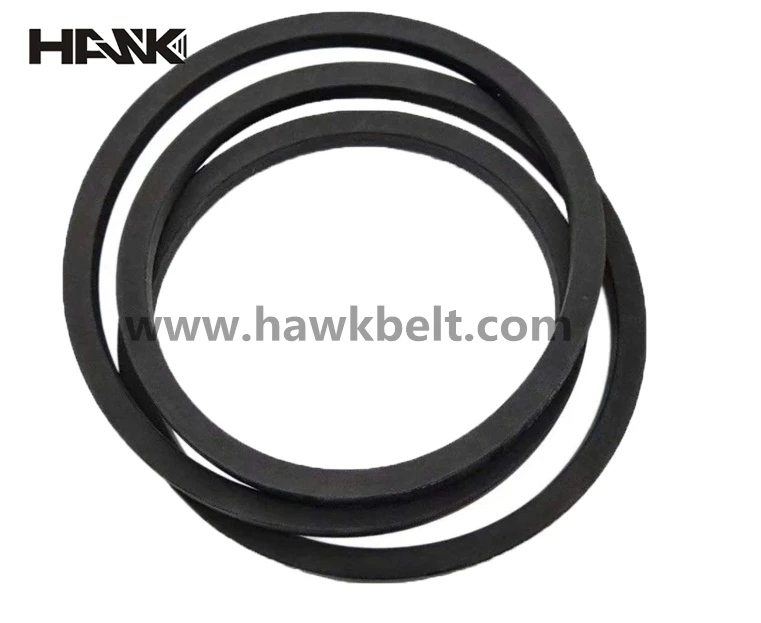- Arabic
- French
- Russian
- Spanish
- Portuguese
- Turkish
- Armenian
- English
- Albanian
- Amharic
- Azerbaijani
- Basque
- Belarusian
- Bengali
- Bosnian
- Bulgarian
- Catalan
- Cebuano
- Corsican
- Croatian
- Czech
- Danish
- Dutch
- Afrikaans
- Esperanto
- Estonian
- Finnish
- Frisian
- Galician
- Georgian
- German
- Greek
- Gujarati
- Haitian Creole
- hausa
- hawaiian
- Hebrew
- Hindi
- Miao
- Hungarian
- Icelandic
- igbo
- Indonesian
- irish
- Italian
- Japanese
- Javanese
- Kannada
- kazakh
- Khmer
- Rwandese
- Korean
- Kurdish
- Kyrgyz
- Lao
- Latin
- Latvian
- Lithuanian
- Luxembourgish
- Macedonian
- Malgashi
- Malay
- Malayalam
- Maltese
- Maori
- Marathi
- Mongolian
- Myanmar
- Nepali
- Norwegian
- Norwegian
- Occitan
- Pashto
- Persian
- Polish
- Punjabi
- Romanian
- Samoan
- Scottish Gaelic
- Serbian
- Sesotho
- Shona
- Sindhi
- Sinhala
- Slovak
- Slovenian
- Somali
- Sundanese
- Swahili
- Swedish
- Tagalog
- Tajik
- Tamil
- Tatar
- Telugu
- Thai
- Turkmen
- Ukrainian
- Urdu
- Uighur
- Uzbek
- Vietnamese
- Welsh
- Bantu
- Yiddish
- Yoruba
- Zulu
нов . 10, 2024 02:55 Back to list
Understanding Engine Timing Belts and Their Importance in Vehicle Performance
Understanding Engine Timing Belts A Crucial Component for Vehicle Performance
The engine is often referred to as the heart of a vehicle, and just like the heart in our bodies, it requires precise coordination and timing to function effectively. One of the critical components responsible for this timing is the engine timing belt. This article delves into the importance of timing belts, their functioning, maintenance, and the consequences of neglecting them.
What is an Engine Timing Belt?
A timing belt is a flexible band, typically made of rubber, that synchronizes the rotation of the crankshaft and camshaft in an internal combustion engine. This synchronization ensures that the engine’s valves open and close at the right times during each cylinder's intake and exhaust strokes. Essentially, a timing belt helps maintain the optimal timing necessary for smooth engine operation.
How Does it Work?
The timing belt is a crucial part of the engine's drive system. As the crankshaft turns, it drives the timing belt, which in turn rotates the camshaft. This connection is vital because the camshaft regulates the open and close timing of the engine's valves, allowing fuel and air to enter the combustion chamber while enabling exhaust gases to exit. If the timing is off, it can lead to inefficient engine performance, misfires, or, in severe cases, catastrophic engine failure.
Signs of a Worn or Failing Timing Belt
Like any other mechanical component, timing belts have a finite lifespan. Over time, they can wear out, stretch, or become damaged due to heat, oil exposure, and other stresses. Drivers should be vigilant for several warning signs indicating potential timing belt issues, including
2. Ticking Noise A ticking or slapping noise emanating from the engine could indicate that the timing belt is fraying or has become loose.
engine timing belt

3. Oil Leaks If you notice oil pooling near the front of the engine, it may suggest that the timing belt cover is damaged or the seals are compromised.
4. Warning Light Modern vehicles are equipped with onboard diagnostics. If the check engine light illuminates, it is always wise to have your vehicle inspected to rule out any timing-related issues.
Maintenance and Replacement
Due to the critical function of the timing belt, regular maintenance is imperative. Many manufacturers recommend replacing the timing belt every 60,000 to 100,000 miles, but it is essential to consult your vehicle's owner manual for specific recommendations.
During a timing belt replacement, it is advisable to also replace related components such as the water pump, tensioners, and idler pulleys, as these parts often bear similar wear and can lead to further complications if not addressed during the same service interval.
Consequences of a Failed Timing Belt
The ramifications of a failed timing belt can be severe. In non-interference engines, a broken timing belt may merely stop the engine, requiring a straightforward replacement. However, in interference engines, a snapped timing belt can result in the pistons striking the valves, leading to extensive engine damage that may require a costly rebuild or replacement.
Conclusion
The engine timing belt plays an indispensable role in the overall performance and longevity of a vehicle. Regular inspection and maintenance can prevent untimely failures and keep your engine running smoothly. As a vehicle owner, understanding the function and importance of the timing belt can lead to proactive management of your car’s health, avoiding stressful breakdown scenarios and costly repairs. Always consult with a trusted mechanic to ensure that your timing belt is in good condition and to discuss your vehicle’s maintenance needs and schedules.
-
Korean Auto Parts Timing Belt 24312-37500 For Hyundai/Kia
NewsMar.07,2025
-
7PK2300 90916-T2024 RIBBED BELT POLY V BELT PK BELT
NewsMar.07,2025
-
Chinese Auto Belt Factory 310-2M-22 For BMW/Mercedes-Benz
NewsMar.07,2025
-
Chinese Auto Belt Factory 310-2M-22 For BMW/Mercedes-Benz
NewsMar.07,2025
-
90916-02660 PK Belt 6PK1680 For Toyota
NewsMar.07,2025
-
drive belt serpentine belt
NewsMar.07,2025

